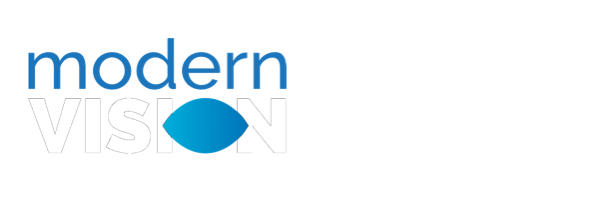Once you have your diagnosis, there are a number of options you can talk with your doctor about.
Bimatoprost Implant
A bimatoprost implant (DURYSTA™) is a one-time injection that serves as an alternative to twice-daily drops and can typically last 4-6 months. This single injection uses a dissolvable and biodegradable implant that provides sustained-release medication to relieve intraocular pressure for people with open-angle glaucoma.
Thanks to sustained release over several weeks, this dissolvable form of medication replaces the need for topical timolol drops, which are typically administered twice each day. This bimatoprost implant can also help reduce intraocular pressure in patients with ocular hypertension. If daily topical drops are a challenge in treating your glaucoma, talk to your surgeon about this sustained solution.
Laser Trabeculoplasty
When medication is no longer sufficiently reducing eye pressure, many patients opt for Laser Trabeculoplasty to treat Secondary Open-Angle Glaucoma. During this procedure, lasers are applied to the blocked tissue, causing it to slowly open itself over a period of time. Patients report a full result (lowering of the Intraocular pressure by 30%) within one to three months. This is a temporary solution, and usually remains in effect for one and five years, depending on the level of aggression in each case.
Selective Laser Trabeculoplasty (SLT)
Selective laser trabeculoplasty (SLT) is a first-line treatment for patients with primary open angle glaucoma and ocular hypertension. SLT is a simple, low risk procedure that treats the trabecular meshwork (the main pathway for fluid drainage from the eye) to allow more fluid to drain from eye and thereby lower the pressure in the eye. It eliminates or reduces the need for eyedrops to control the intraocular pressure, offering glaucoma patients multiple benefits including reduced issues with ocular surface disease from drops and no risk of elevated intraocular pressure from accidentally forgetting a dose of an eyedrop. SLT compared to drop treatment was studied in the LiGHT trial. The results of this study showed better long-term disease control with SLT compared to initial drop therapy. If intraocular pressure begins to rise again after initial treatment, SLT can also be repeated.
Tube Shunt
For some patients, a tube shunt procedure is a better option than laser treatment. During a 60-90-minute-long procedure, an undetectable shunt can be placed behind the eye muscle to drain excess fluid. The shunt is not recommended for patients with advanced or severe Glaucoma, but can be an effective treatment for those who have otherwise managed with medication.
While the lifespan of each device will vary to some degree, a standard shunt shouldn’t need to be replaced for about six years.
Trabeculectomy Surgery
When other procedures and methods fail to bring eye pressure under control, Trabeculectomy Surgery places meshwork to act as a drainage system. It is sometimes referred to as a filtration surgery, and is the most common procedure when drops and medication fail.
As fluid drains through the meshwork, eye pressure stabilizes. The painless procedure leaves almost no visible evidence, and many patients are able to halt medications.
Talk to your surgeon about your predicted outcomes, and whether Trabeculectomy Surgery is right for you!
iStent Inject
Our team is especially excited about iStent Inject, the latest in dual treatment technology! iStent Inject is able to treat both Glaucoma and Cataracts simultaneously in a single procedure. Completely undetectable, painless, and providing a long-term solution to both vision stealing syndromes in one easy session. Learn more about it Here
Omni
Cutting edge research is bringing us closer every day to a cure for Glaucoma. While we aren’t there yet, Omni is bringing us a few steps closer. Omni provides a dual mechanism intraocular pressure regulation, combining two proven Glaucoma treatments in a single micro-invasive procedure. The only device of its kind, Omni addresses the entire trabeculocanalicular outflow path for those suffering Open-Angle Glaucoma. Capable of treating all three points at which resistance can be found, Omni targets the Schlemm’s Canal, Distal Collector Channels, and the Trabecular Meshwork in a single incision. The procedure can be done in tandem with treatment for Cataracts, or as a singular treatment for Open-Angle Glaucoma.




